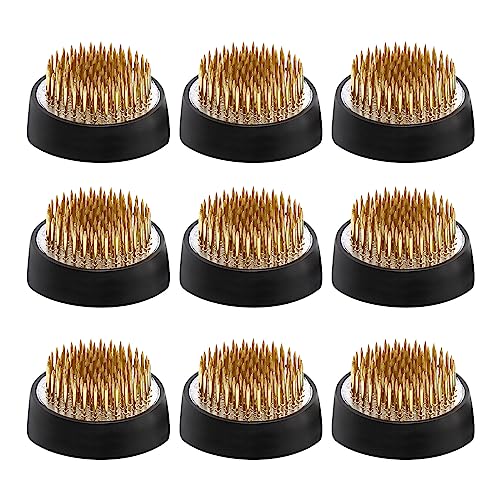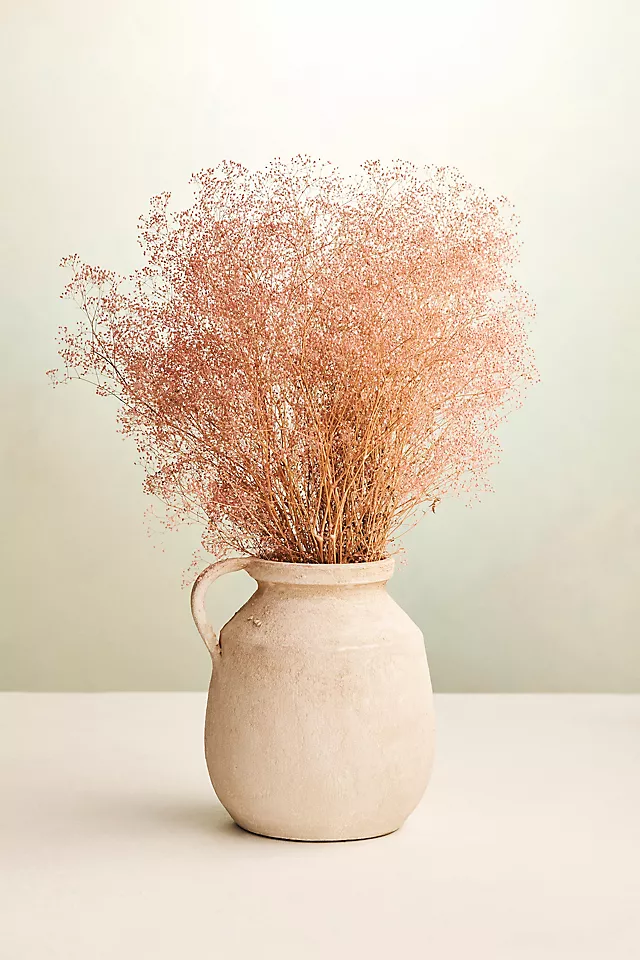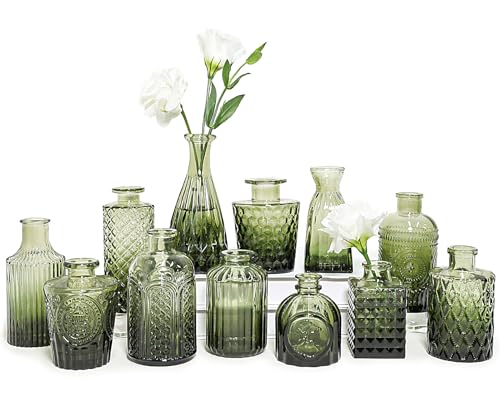'A flower grown from seed is the perfect metaphor for our individual creativity' – why 2025 floral trends are about stepping back and letting nature ground us
Discover how to keep your floral designs fresh and current with the latest trend advice
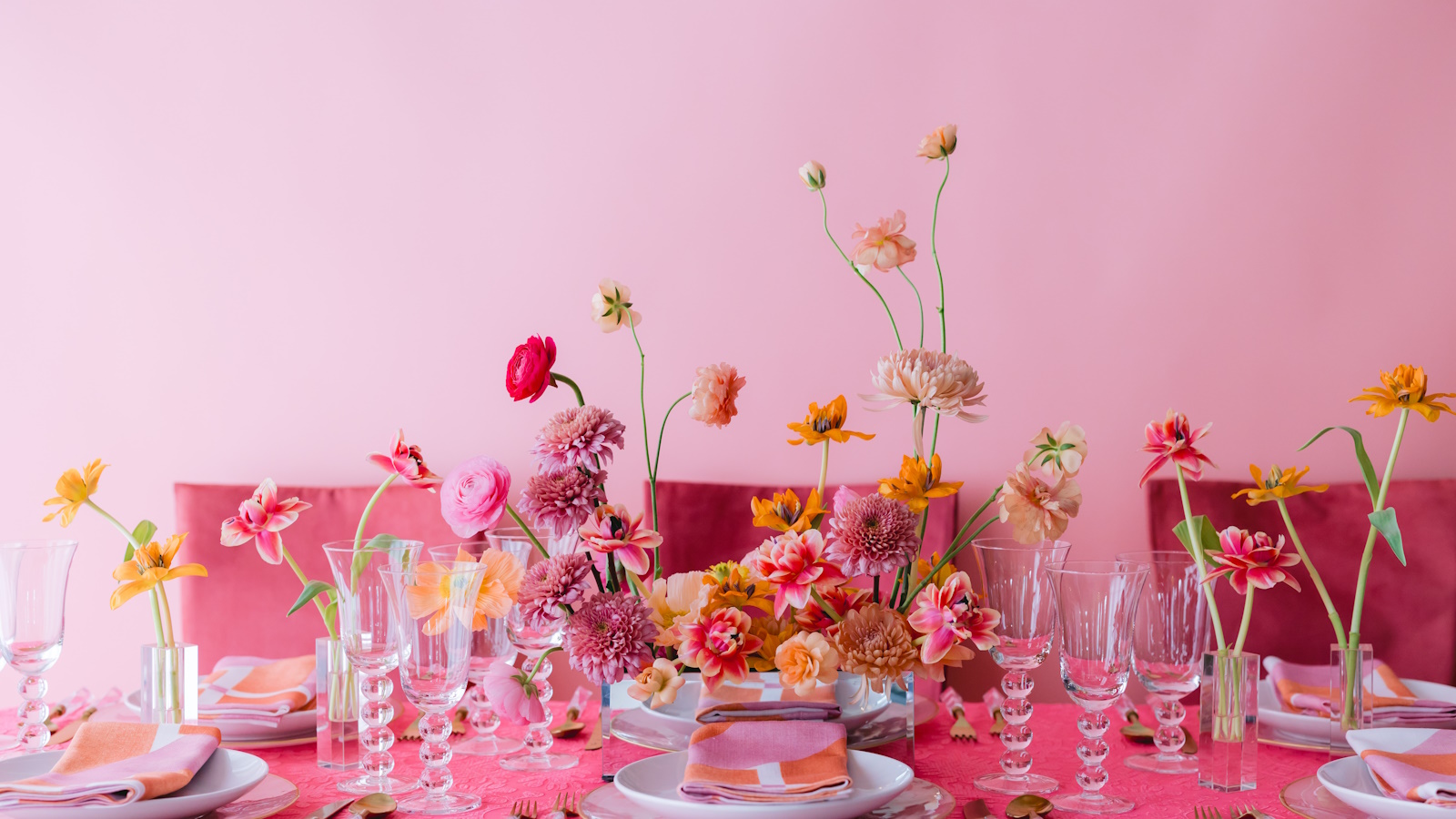
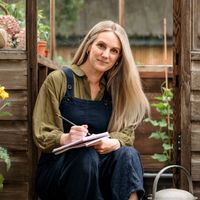
Nothing quite compares to the magical and uplifting effect flowers and greenery can have when it comes to transforming a space. As a trained floral designer, this feels a very obvious thing for me to say, but it's true. The interior of a Georgian townhouse is a beautiful thing in its own right, but introduce a nod to nature with soft, seasonal flowers and trailing foliage along a mantelpiece, and the space is instantly elevated.
I have worked in the field of floral design for the past seven years, and am constantly following industry discussions, watching what the artisan growers are planting, and considering how cultural and creative shifts might impact and inform floral and garden trends.
This week, the Slow Flower Society released its latest Insights & Industry Forecast report, and according to its Seattle-based founder Debra Prinzing, 2025 will be the year of 'floral reality'. In short, much of our creative expression will be grounded in nature as an antidote to the technological world. Here, we explain more about this thought, and detail five of the biggest floral trends we're going to be seeing much more of in 2025.
Top 5 floral trends 2025
'Innovation and personal expression are being challenged by the AI-dominated ecosystem, and the authentic values of the Slow Flowers Community are its antidote,' explains Debra Prinzing.
'Nature's perfection cannot be replicated by a chisel, paint brush or computer-generated image, as all these works draw from the original source. A flower produced from AI is generated from what already exists. However, a flower grown from seed is the perfect metaphor for our individual creativity.'

Debra Prinzing is founder of the Slow Flowers Society. She is a a writer, speaker, outdoor living expert and advocate for American flower farming. She is the author of 11 books, including Slow Flowers, available on Amazon.
1. Emulating the artisan flower farmers
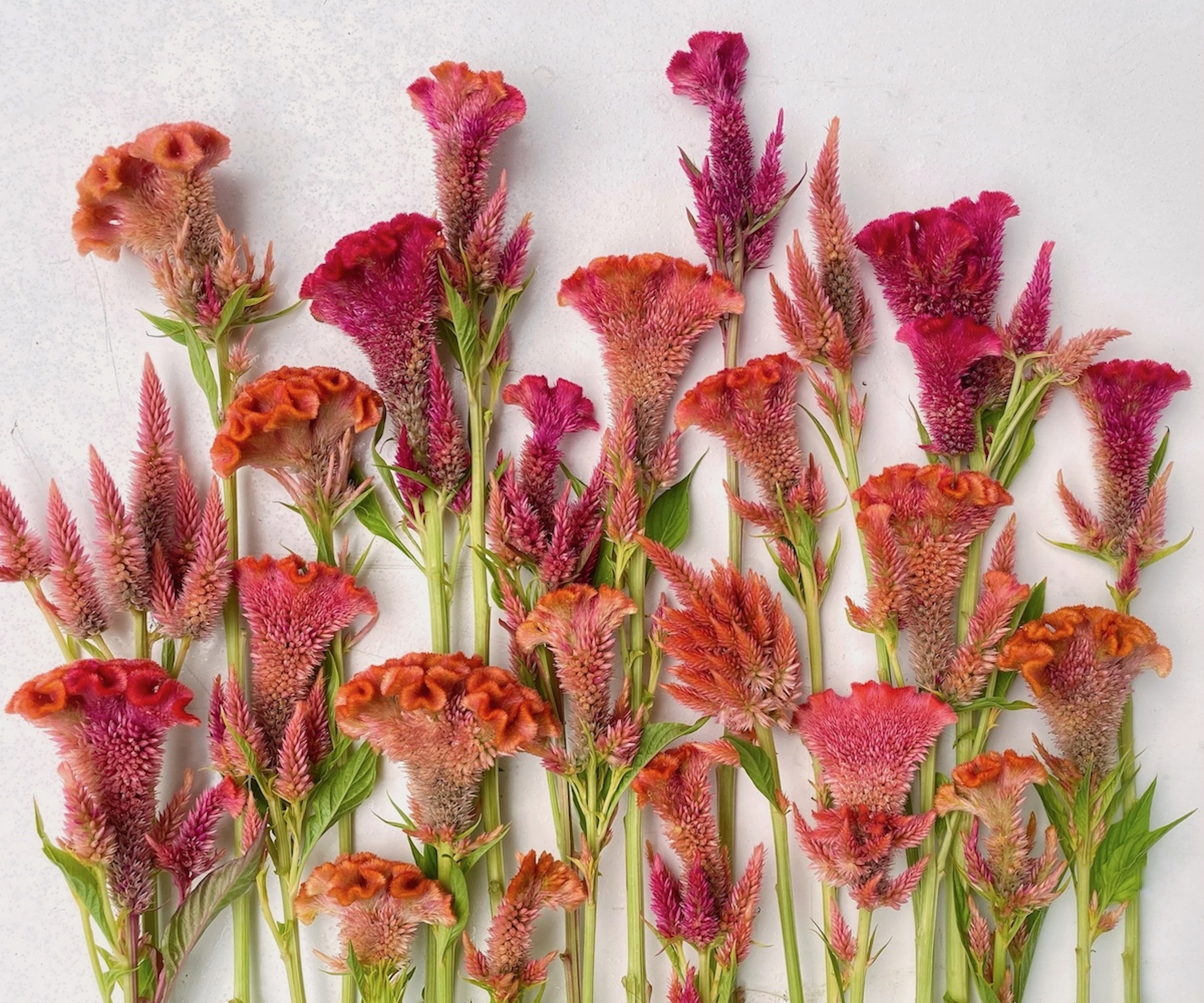
A new celosia variety bred by Jennifer and Adam O’Neal of PepperHarrow Farm in Winterset, Iowa
If you are a lover and grower of flowers, there is a high possibility you will follow some of the country's wonderful and high profile flower farmers. These artisan farms grow and sell the blooms we all want to get hold of in the most attractive and on-trend shades of apricot, butterscotch and salmon pink.
What's even more exciting is that many of them have now embarked on cross-breeding to produce new flower varieties - and they are also selling their seeds. Earlier this year, for instance, Kelsey Hall of Cattle & Cut Flowers in Enumclaw, WA, discovered a new dahlia hybrid, dubbed the 'daffodahlia', which has lead to a brand new flower breeding programme at the farm.
Design expertise in your inbox – from inspiring decorating ideas and beautiful celebrity homes to practical gardening advice and shopping round-ups.
Amateur growers and flower enthusiasts want to grow what the pros are growing - it's a fact. What's interesting is that long before farming became a high-tech endeavor and breeding began taking place in large laboratories, farmers relied on this low-tech approach to produce new flower varieties and take them to market. There is huge demand among the general public for these seeds and flower tubers, indicating a shift in mindset amongst consumers about where they want to spend their money when it comes to their garden plants and flowers.
2. Satellite flowers that echo a central design
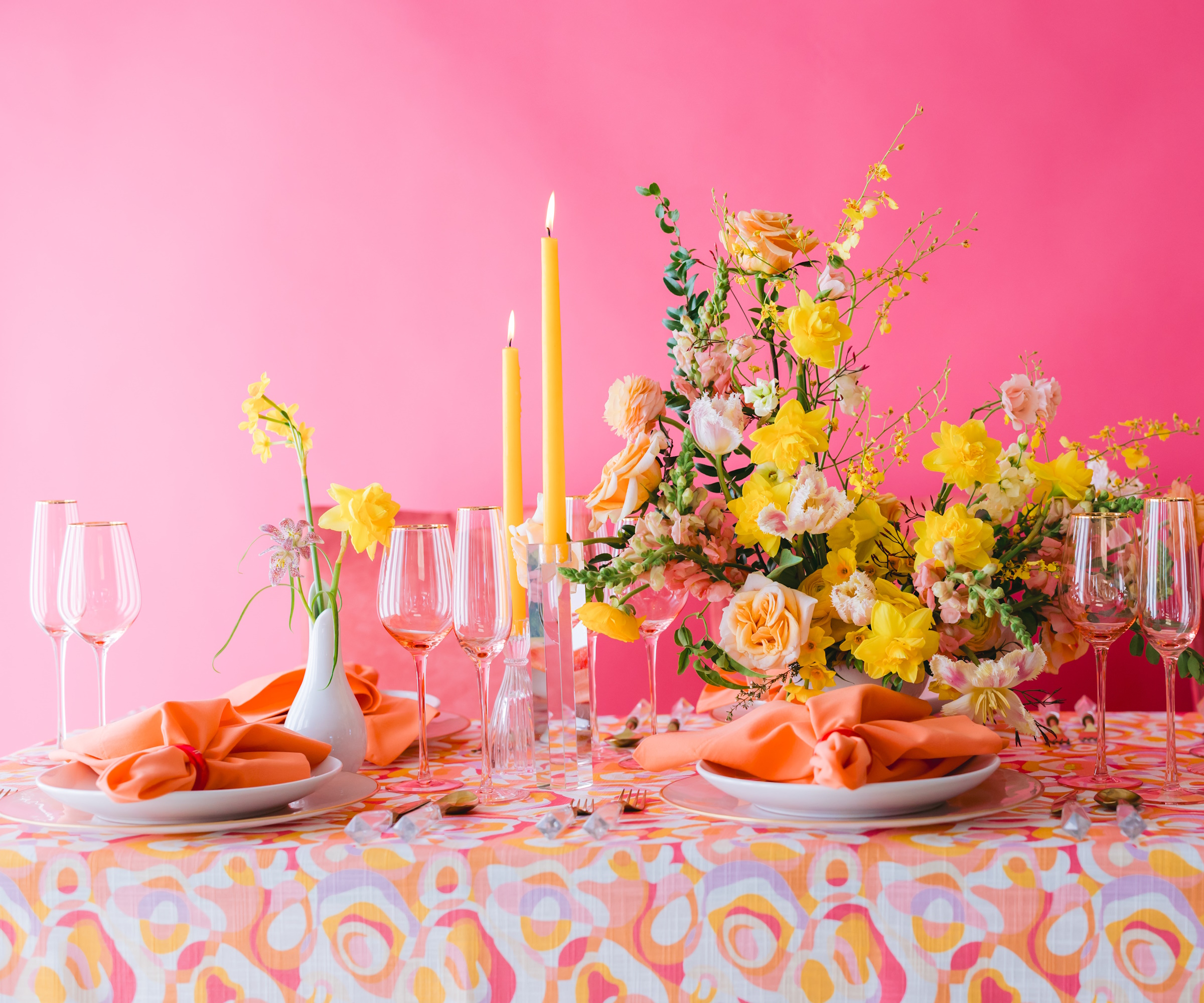
Paulina Nieliwocki of Blue Jasmine Floral, used satellite arrangements for a photo shoot with specialty linen company BBJ La Tavola. The vibrant color palette of the tablecloths informed her floral and vessel choices: coupes, bud vases, and teacups play with the central footed bowl and compote elements
Satellite florals are going to see a big resurgence when it comes to floral styling, according to Paulina Nieliwocki of Blue Jasmine Floral. Rather than have one, dramatic, ostentatious centrepiece, this idea is made up of lots of smaller elements that echo a central design.
'Like a series of planets orbiting around the sun, a constellation of bud vases, pin frogs holding single stems, mini ikebana arrangements or foraged gifts from nature can together compose a full tabletop installation.'
You can be ultra playful when creating a design like this; it is easy to make it look professional, but it needn't be expensive. Choose flowers in complementing shade spectrums, such as blush, salmon, magenta, and burgundy. Then collect bud vases or mis-matched vintage containers and place single stems in each one of them. Even pin frogs, or floral frogs, on their own can create a table feature, with a single stem within in.
3. Nurturing, sophisticated shades of blooms
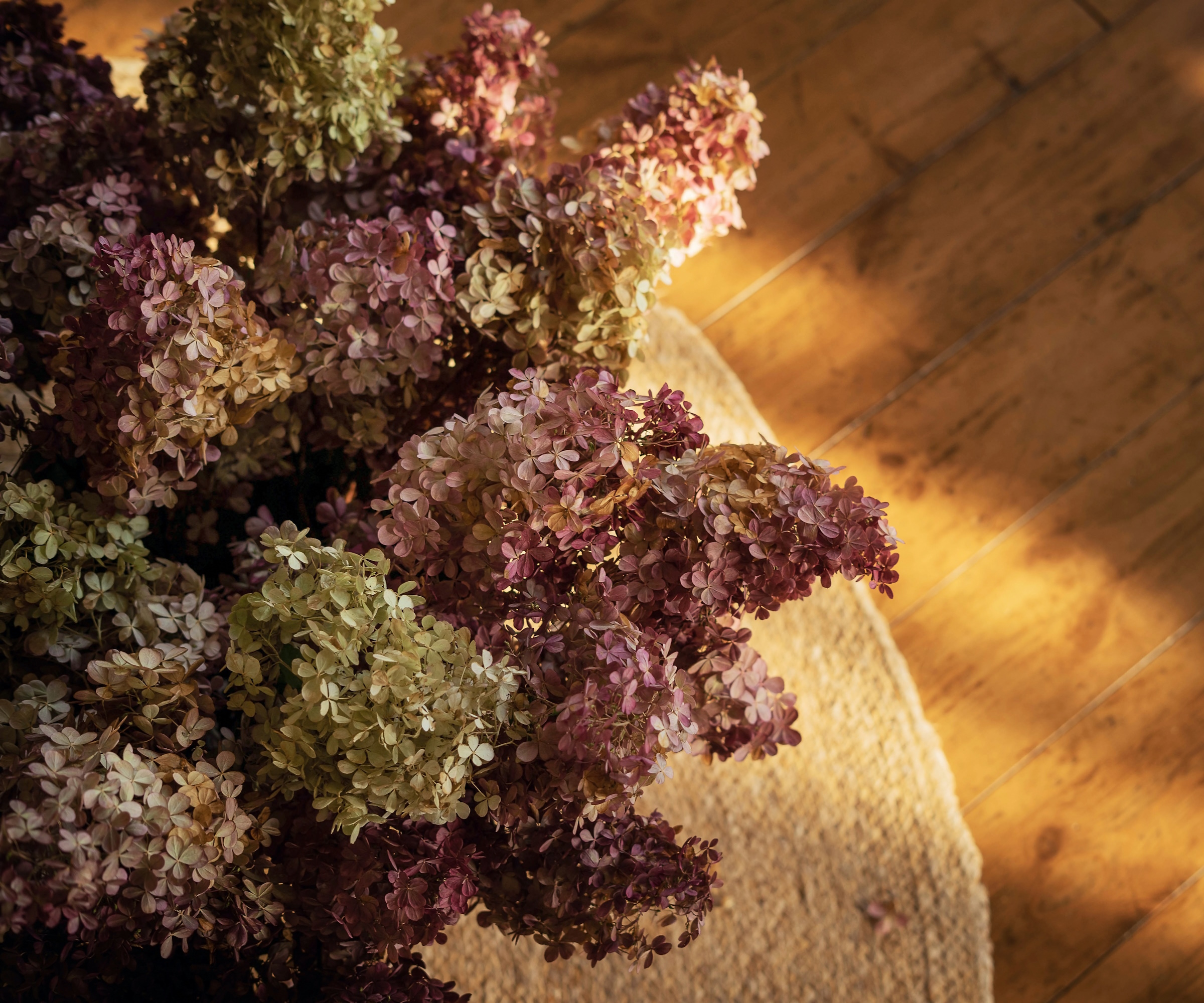
Echoing the Pantone Color of the Year 2025, 'Mocha Mousse', we are going to see a shift towards ultra-natural floral palettes, with comforting browns, earthy greens and muted burgundy at the helm. These sophisticated shades are timeless and elegant, and could work with almost any interior design scheme.
This will be especially true of dried floral designs, which are maintaining their popularity that surged several years ago. One way to get this look in the home is to arrange in bulk with just one single variety of dried flower, but making sure each individual stem can be seen and appreciated.
This could be as simple as a wicker basket full of dried hydrangea heads or a rustic ceramic vase teamed with tall stems of dried lunaria.
4. Making mechanics part of the design
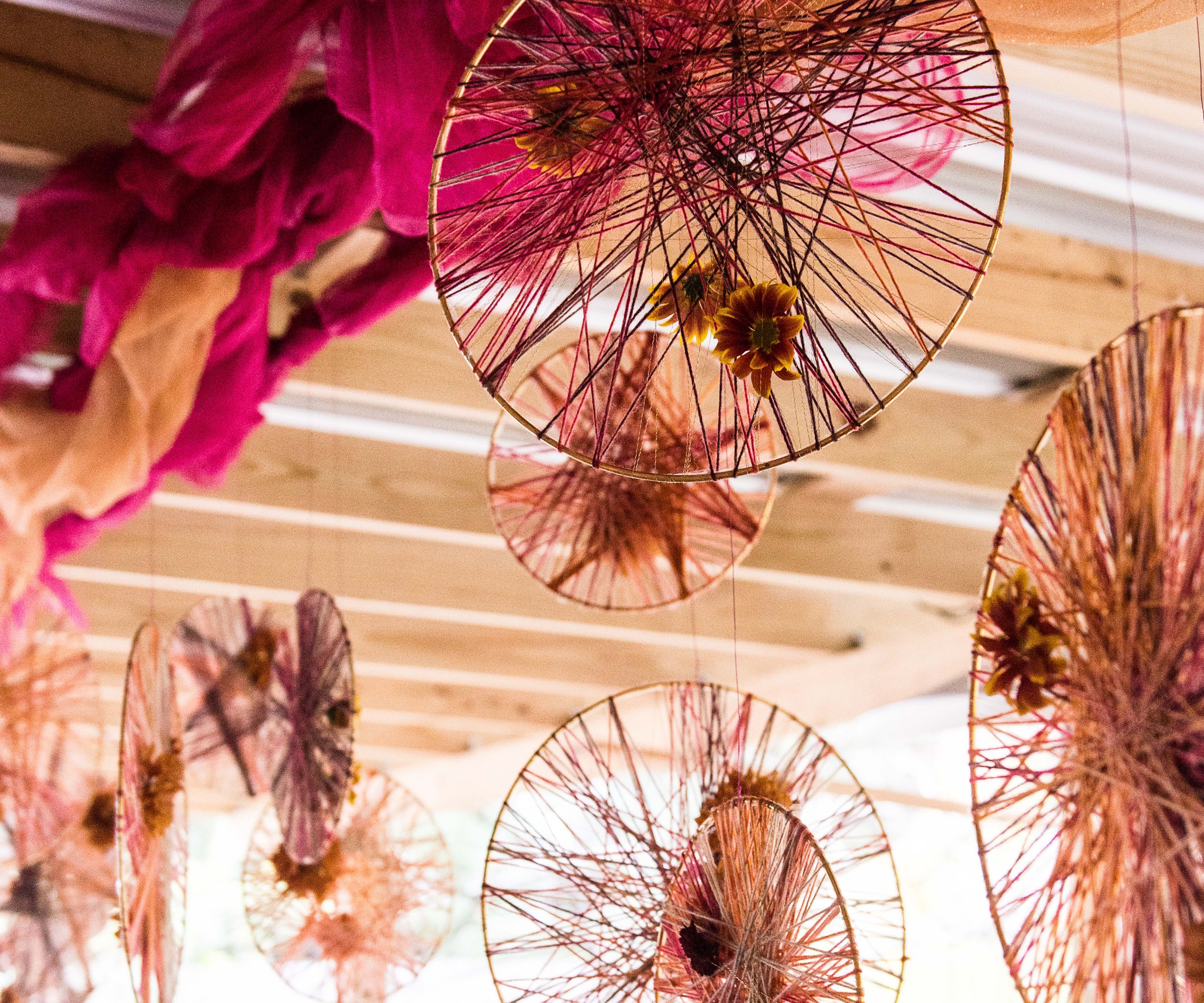
Design by Jim Martin of Compost in My Shoe, based in Charleston, South Carolina
Sustainable mechanics has become huge news in the floral design industry, as many designers and florists moved to using floral foam alternatives, and are committed to creating environmentally-friendly arrangements and installations. This movement began a decade ago, and the development and innovation I've seen in a relatively short time has been significant.
While sustainable mechanics themselves are not a new thing, according to the Slow Flowers Society report what is becoming popular is no longer hiding those mechanics behind the flowers, but making them part of the design itself.
You can replicate this at home by choosing natural materials such as branches, fibre or fabric, or reusable mesh, wire and yarn, and make this a part of your design. It could even be as simple as placing a pin frog on a table, not disguised in a vessel, and placing a flower stem into that - as we see in the 'satellite' floral trend above. So much beauty, structure and texture can be found and appreciated in the foundations of a design - and we need to be making more of that.
5. Everlasting floral decor for our homes
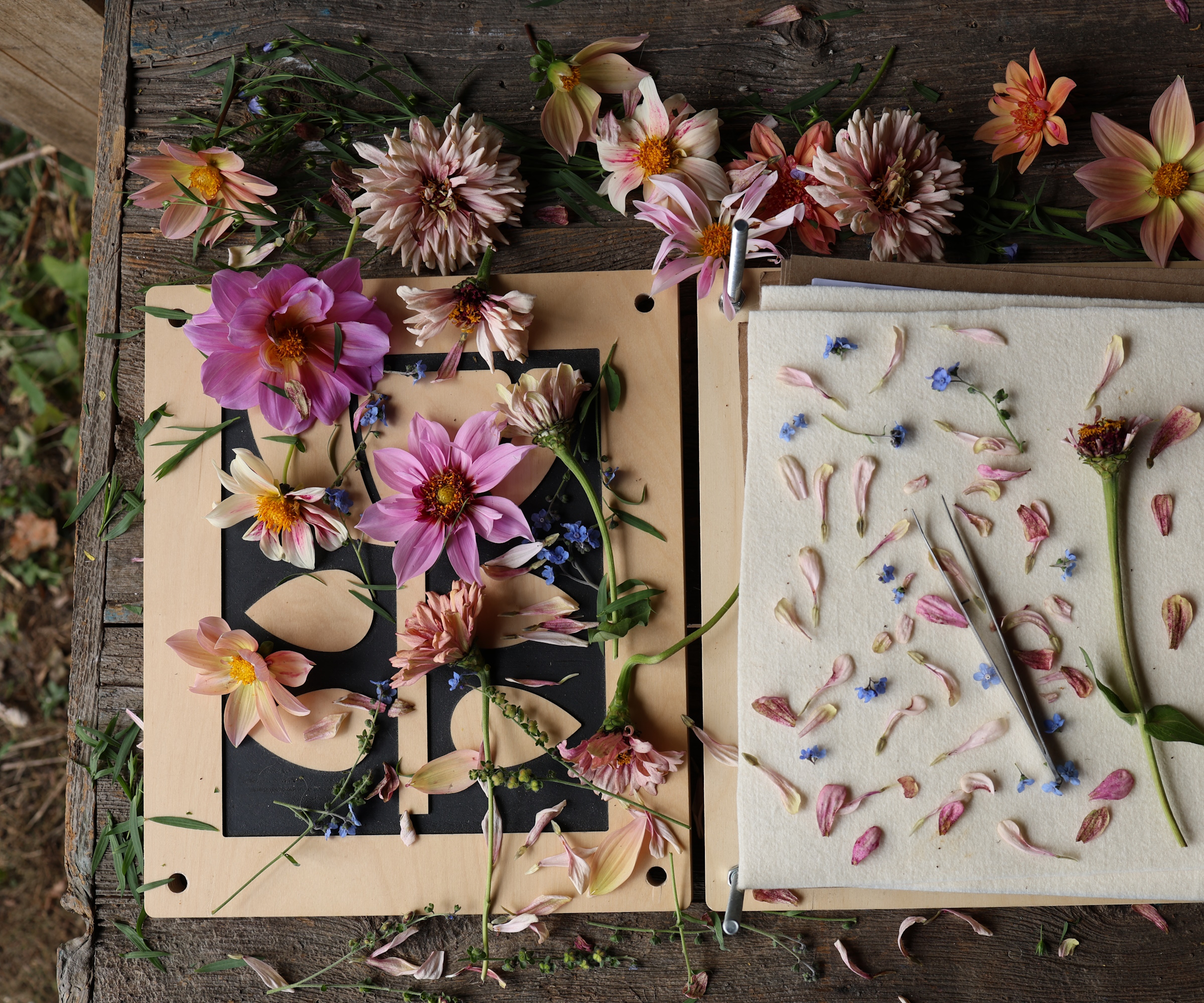
A composition of ready-to-press petals, buds, stems, leaves, and blooms, designed by Kate Punnett, The August Studio
As with the trend for dried flowers, preserving petals and blooms is also becoming increasingly popular. Often thought of as an old fashioned pastime, the art of flower pressing is experiencing a real resurgence as nature lovers look for alternative creative outlets and artforms.
'Our thinking has been influenced by several Slow Flowers members who are integrating flower pressing as a new product or service,' says Debra.
It could make for a wonderful new hobby in 2025, and a joyful garden-related project as a way of recording the seasons in your own backyard. Flower press kits are available from Amazon and are super easy to set up.
If these 2025 floral trends have got you in the mood for bringing more of the natural world into your home, you can learn more about this topic with our guide to biophilic garden design trends - the practice of fusing the natural world with our interior living spaces.
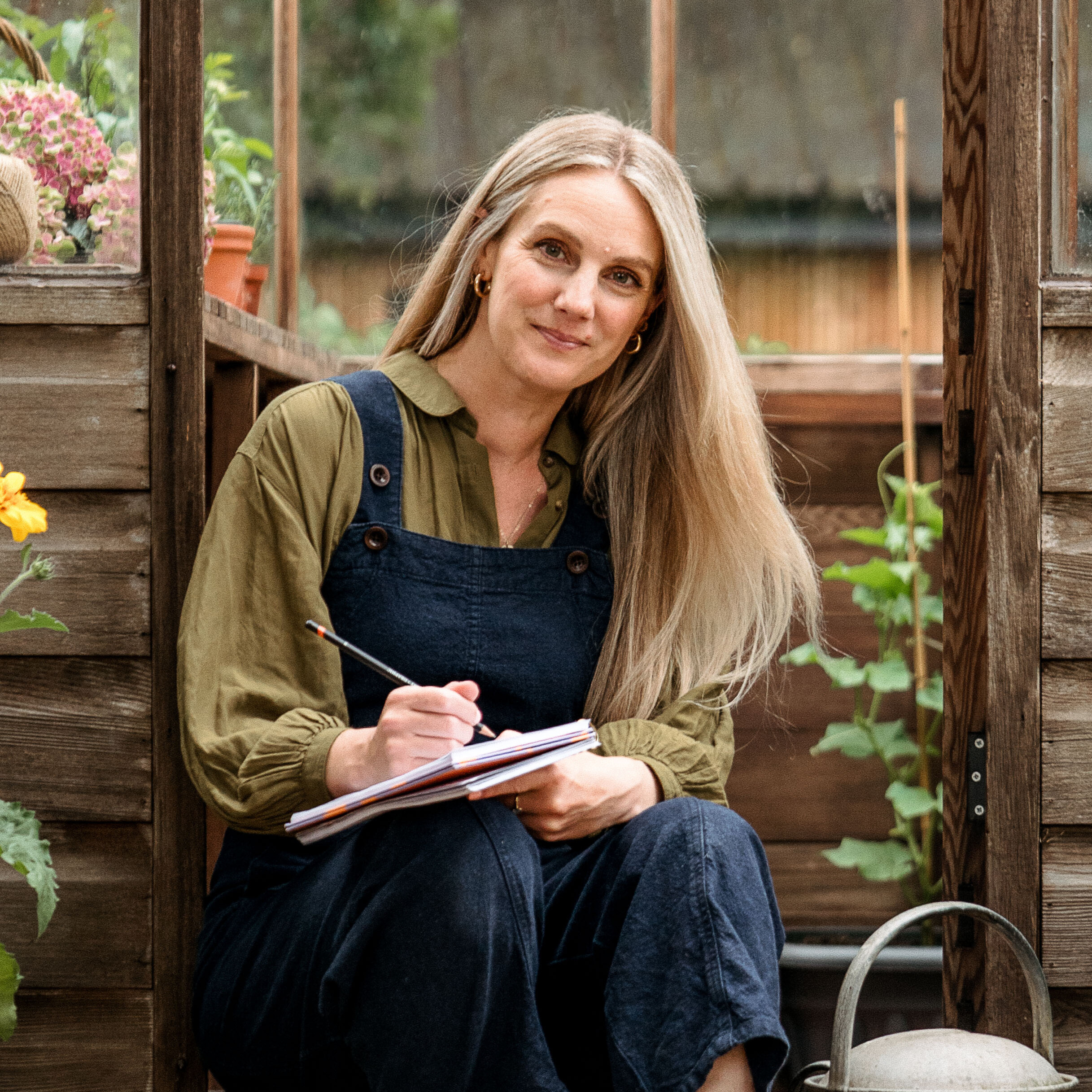
Rachel is a gardening editor, floral designer, flower grower and gardener. Her journalism career began on Country Living magazine, sparking a love of container gardening and wild planting. After several years as editor of floral art magazine The Flower Arranger, Rachel became a floral designer and stylist, before joining Homes & Gardens in 2023. She writes and presents the brand's weekly gardening and floristry social series Petals & Roots. An expert in cut flowers, she is particularly interested in sustainable gardening methods and growing flowers and herbs for wellbeing. Last summer, she was invited to Singapore to learn about the nation state's ambitious plan to create a city in nature, discovering a world of tropical planting and visionary urban horticulture.
